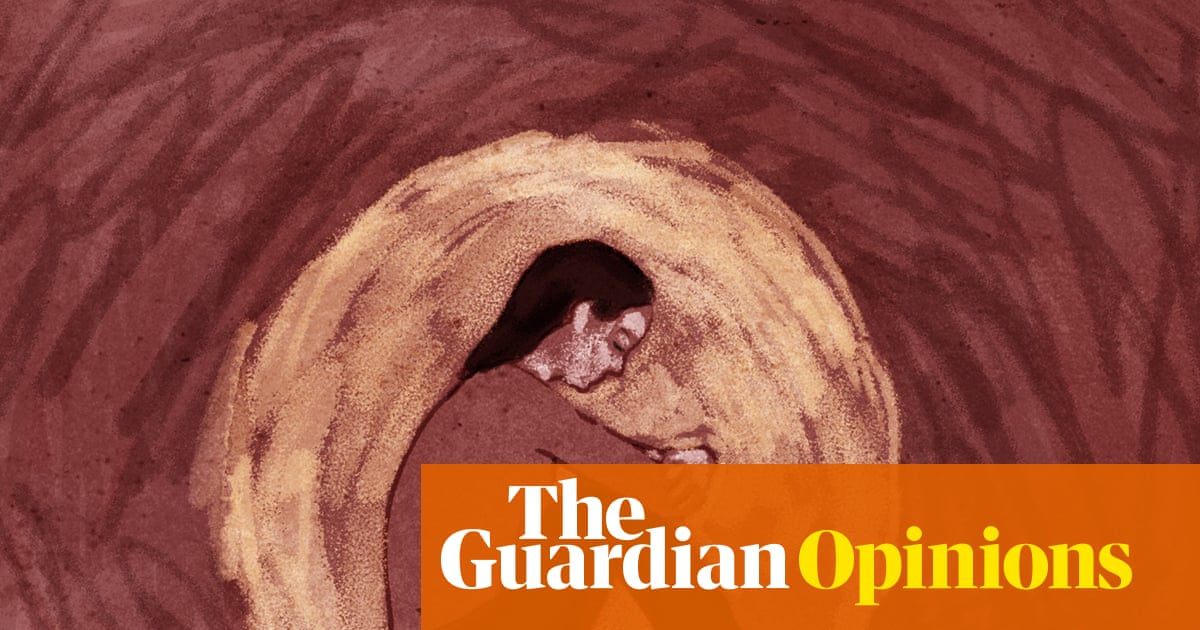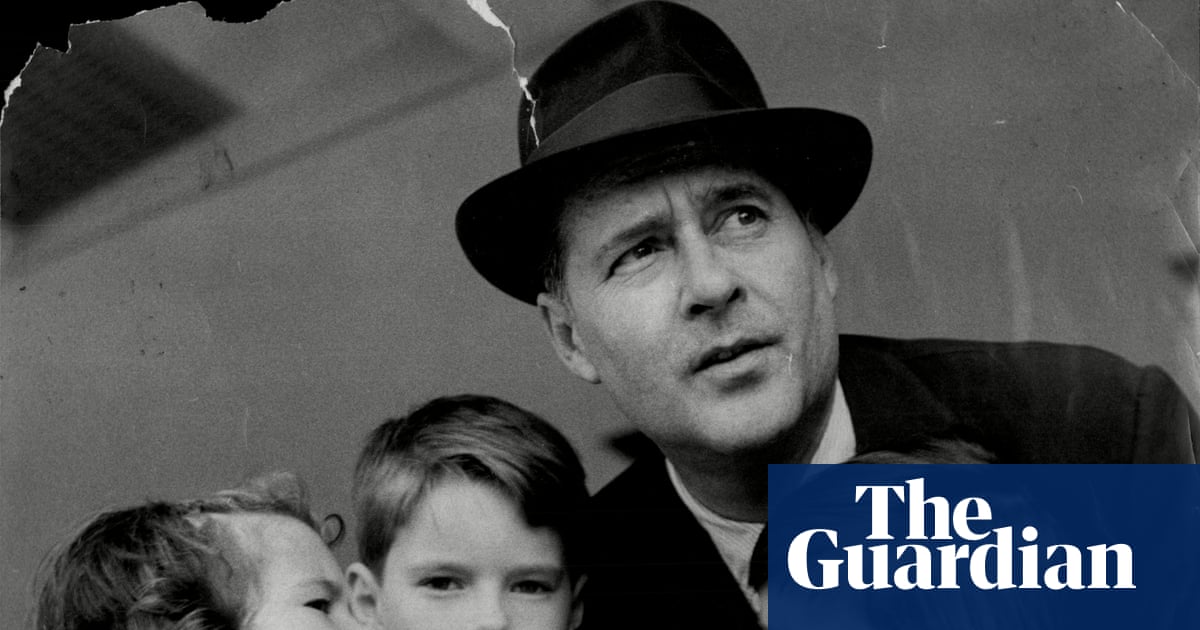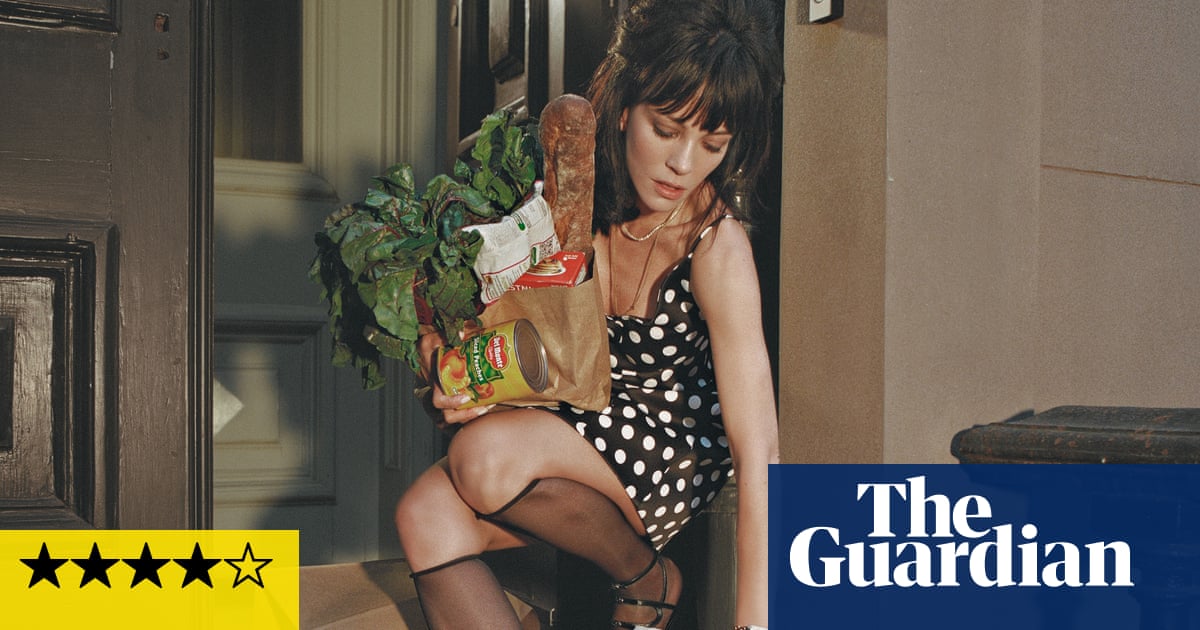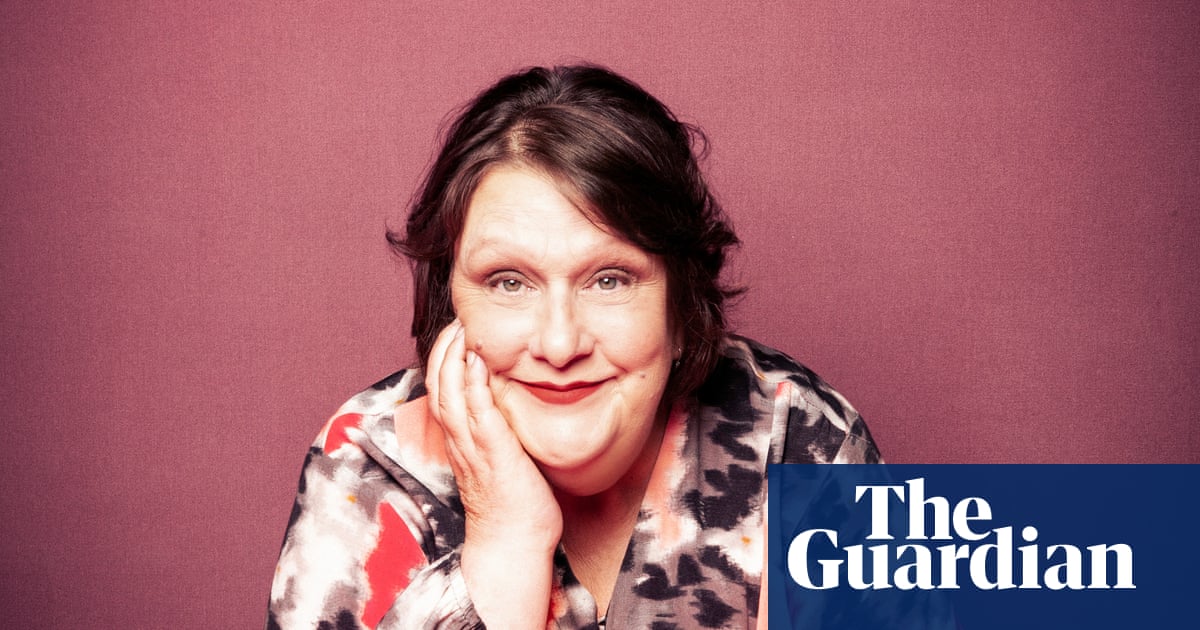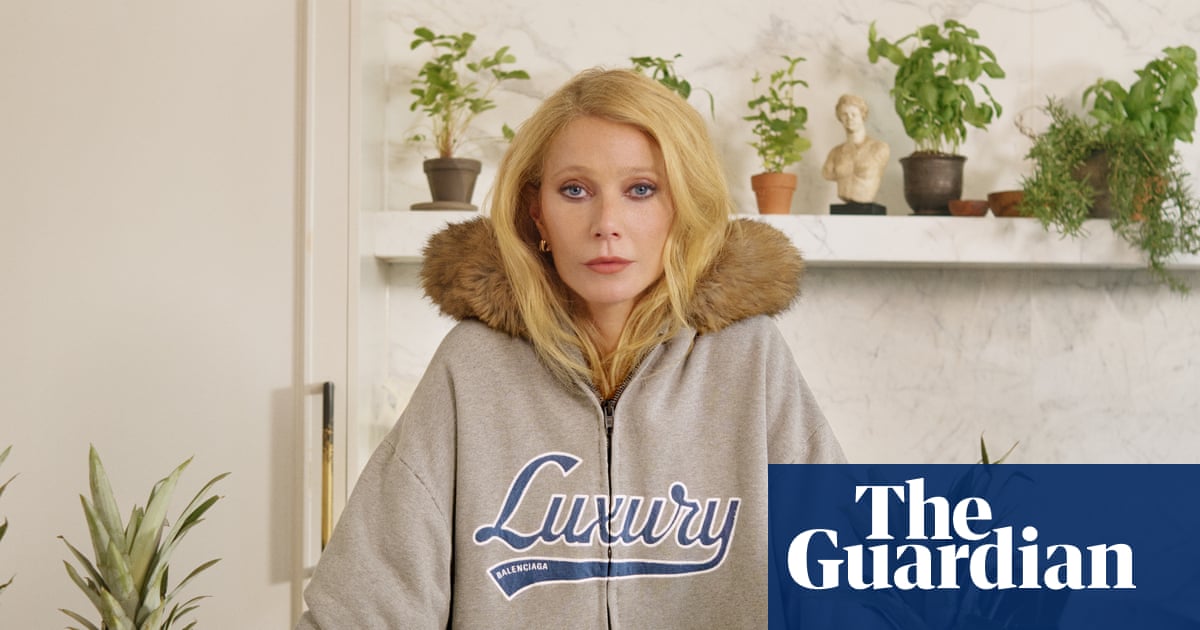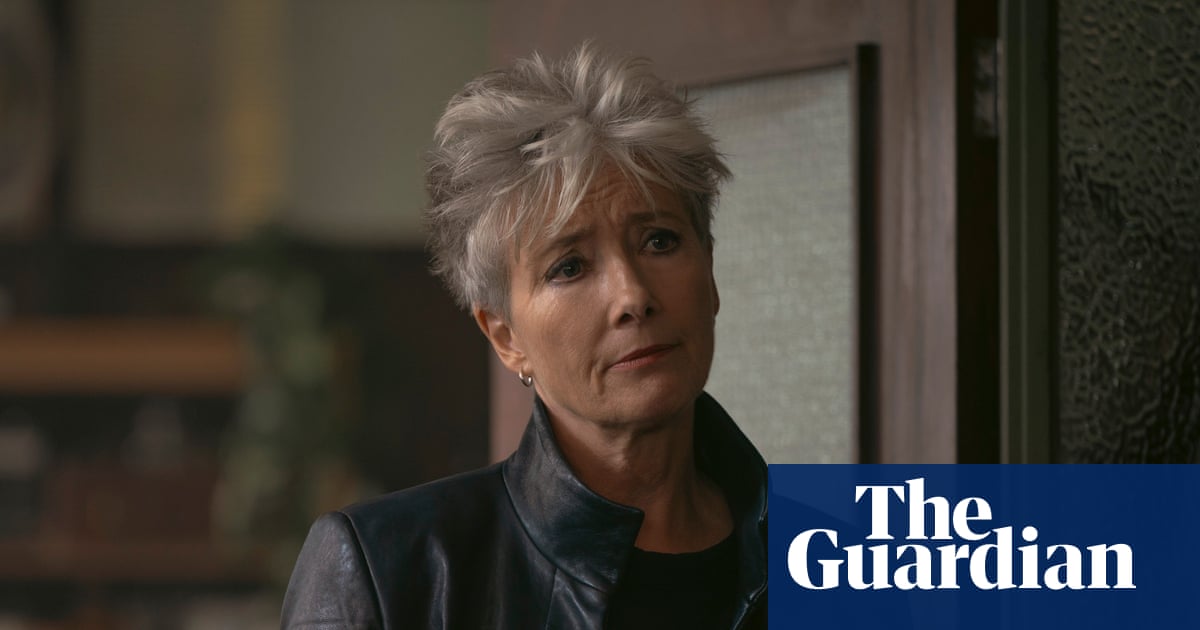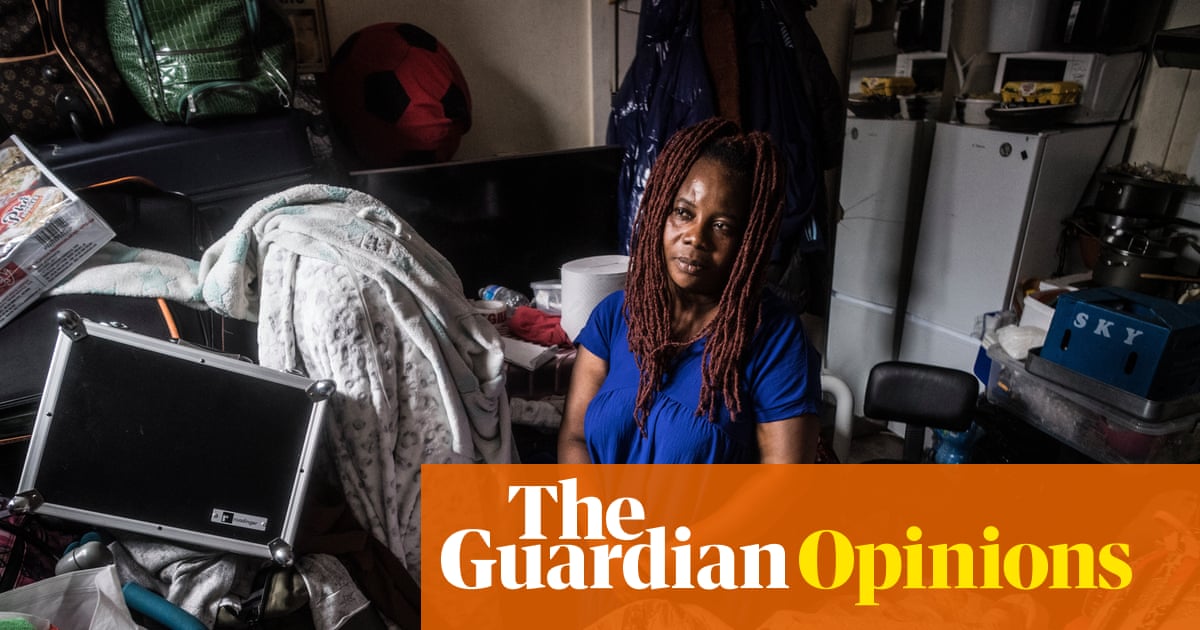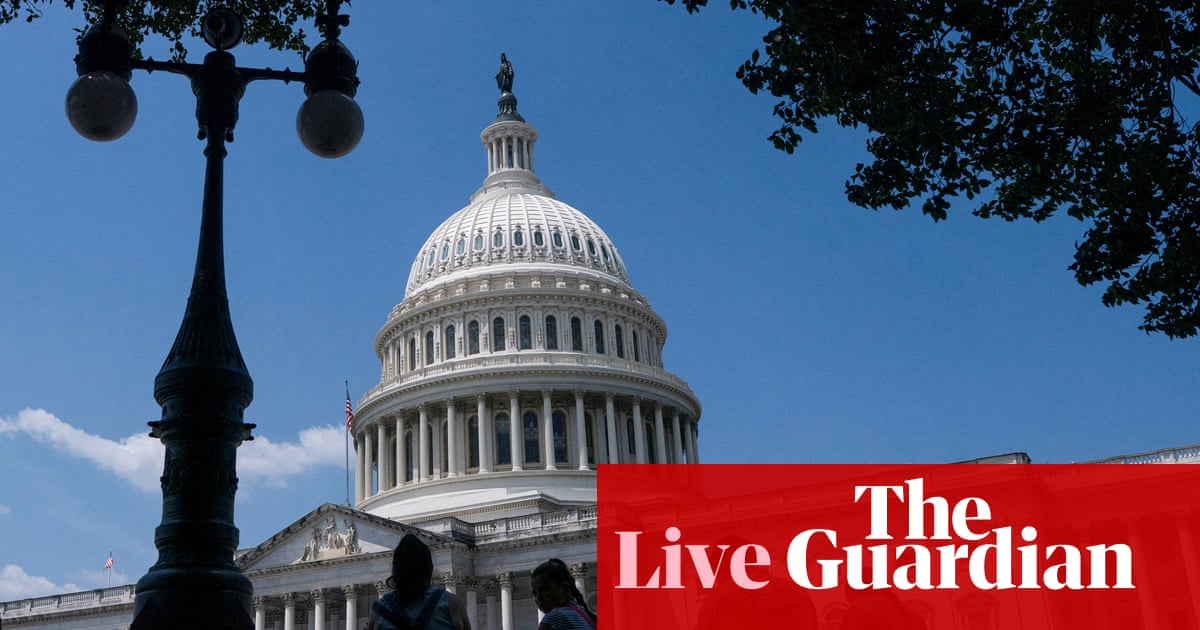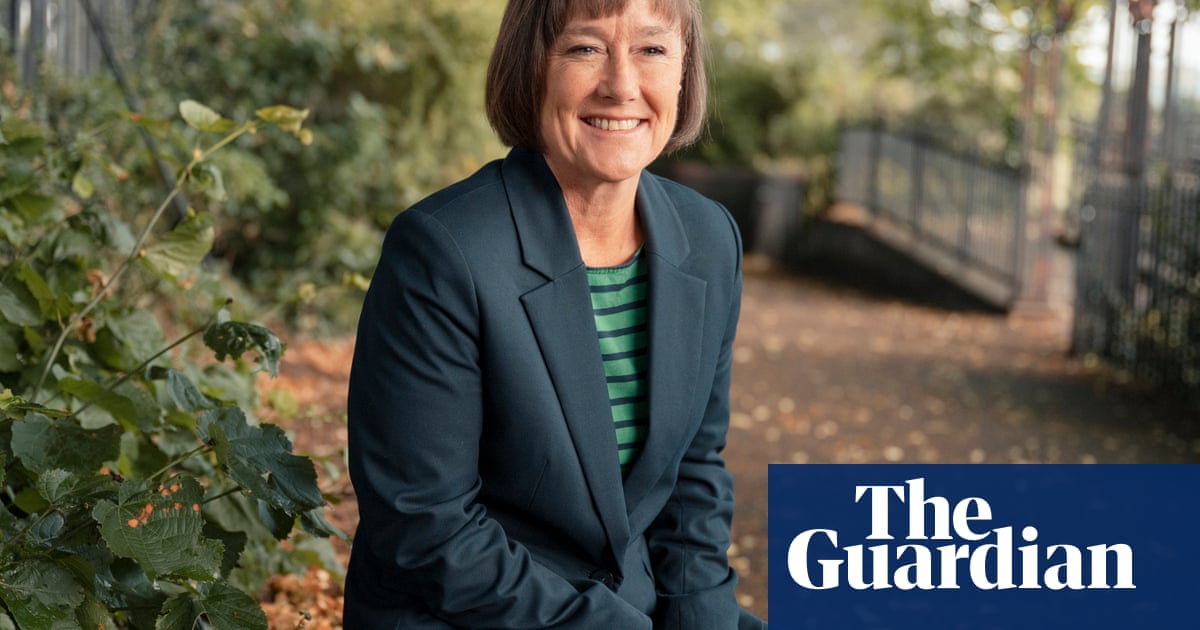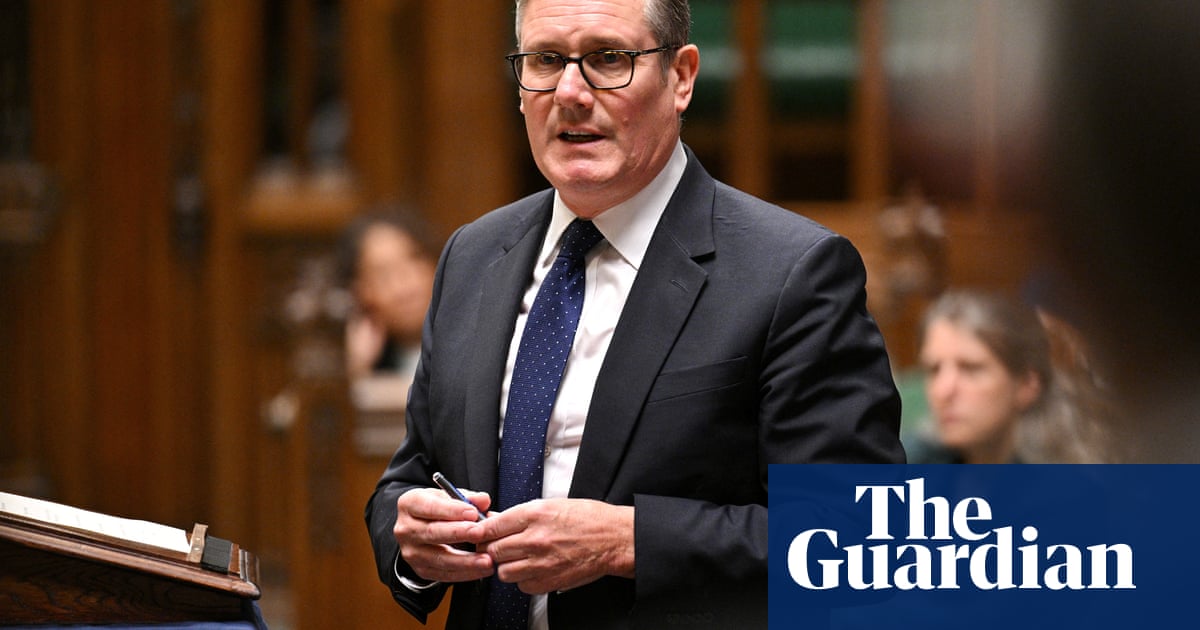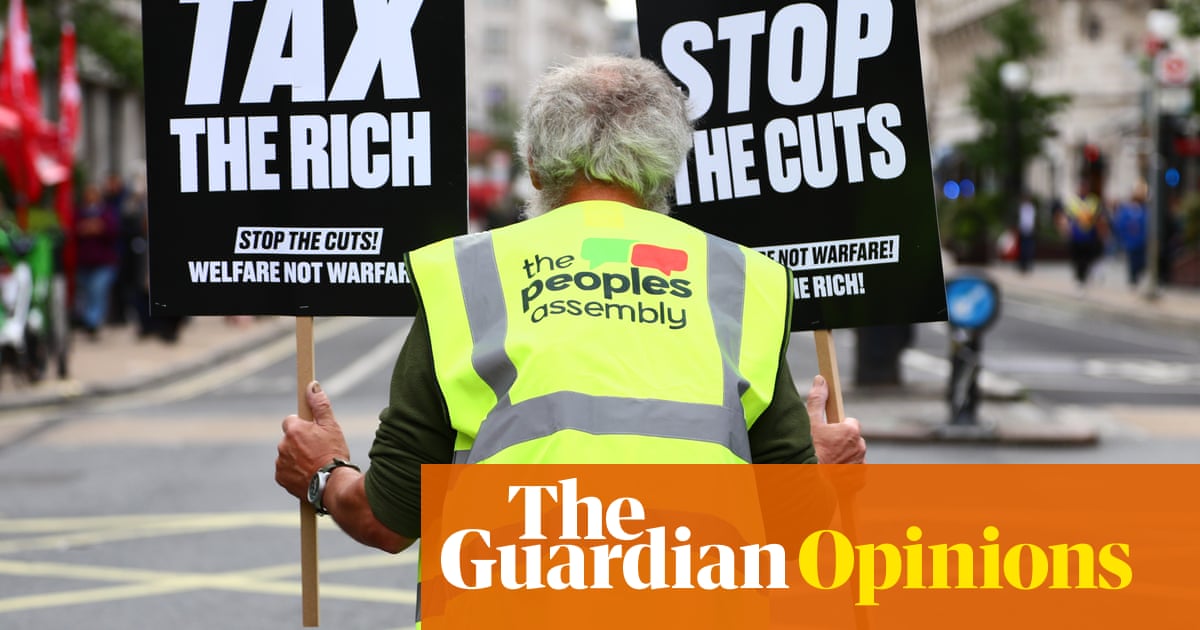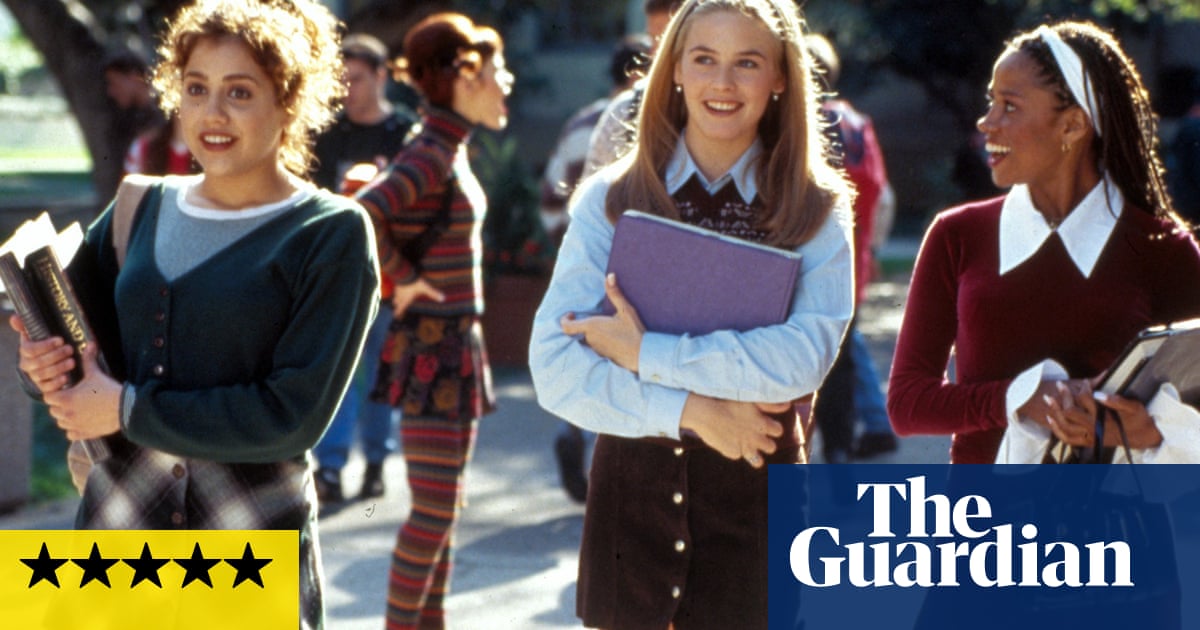If the sitting Marquess of Londonderry died tomorrow, and in so doing bestowed a ladyhood on his 15-year-old granddaughter, would you ever know? Would you be able to find the great houses of Britain on a map, and connect them to their owners? It wouldn’t be true to say that the press has stopped covering the aristocracy, since the Telegraph diligently covers the great estates, but the discussion now comes framed by the idea of meritocracy, which is objectively pretty ridiculous. So the Hon Nick Howard told the Telegraph a fortnight ago, “If my son wants to take over [Castle Howard], he’ll have to pass an interview,” while other great estate owners stress their role as rewilders, ecowarriors or, at their most traditional, conservationists. These days, if you’re proud of heritage simply because you own it, you’re expected to keep quiet about it.
Lady Annabel Goldsmith, who died at home on Saturday at 91, lived through an era, by contrast, in which aristocracy and wealth were extremely public. And she was its emblem, displaying a different facet in every decade.
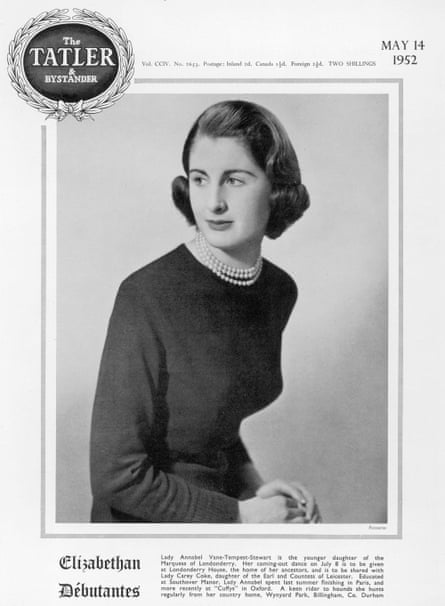
At the end of the 1940s, when she was 15, she became a lady when her grandfather died, and, believe me, everyone knew about it. When she had her coming-out ball in the 1950s, a young Queen Elizabeth attended, since the whole point was to be presented to the queen – it was social death for a debutante if she wasn’t.
In the 1960s, she lent her name to Annabel’s, the nightclub set up by her first husband, Mark Birley, for poshos in London’s Berkeley Square. And in the 1970s, she was thought to have inspired the memorable and quintessentially aristo phrase: “When you marry your mistress, you create a job vacancy.” That was and still is attributed to the financier James Goldsmith, upon his marriage to Annabel, who had been his long-term mistress. In fact, he was quoting Sacha Guitry, the five-times-married French film-maker.
Well into the 1970s, the aristocracy still had great cachet, and Annabel’s, the club, drew in a remarkable international A-list – Grace Kelly, Frank Sinatra, Teddy Kennedy, David Hockney, Muhammad Ali. It’s not a given that anyone went there because they wanted to hang out with Princess Margaret and Prince Charles (as was). But certainly today, if you were, say, the singer Gracie Abrams, touching down in Heathrow and asking an underling where was the coolest place to hang out, they would not say, “So-and-so’s is cool because Prince William goes there.” And non-royal blue bloods wouldn’t even have the name recognition to be considered and then rejected.
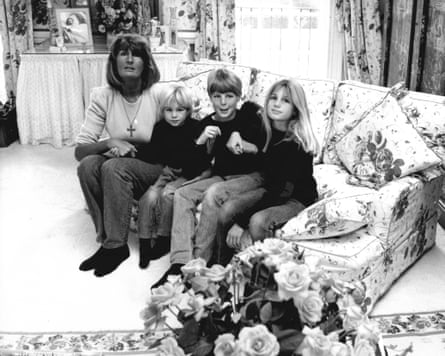
Annabel Goldsmith lived in this bizarre panopticon, where details of her personal life at its most personal seemed to be transmitted to the world in real time, whether lauded on the pages of Tatler or lampooned in Private Eye. It was during James Goldsmith’s criminal libel case against Private Eye in 1976 that he and Annabel first appeared in public, but their affair had been public knowledge for ages. They already had two children, for Pete’s sake. These libels were extensive, including that he’d helped Lord Lucan to disappear – but the press interest in James and Annabel boiled down to: anything they said, and anything they did. (In the end, James Goldsmith settled for an apology from Private Eye, which was a climbdown he later regretted, considering he originally wanted to see the editor in jail.)
The world was always in her business, long before she wrote two memoirs, Annabel: an Unconventional Life in 2004 and No Invitation Required in 2009. She responded to the gossip with arch homilies on the subject of fidelity. In the 1980s, she thought it was for wimps – so long as your husband came home at the end of the day, who cared what he did in the middle? She said much later that she regretted not being a “one-man woman”, but it’s impossible to nail down which man she meant.
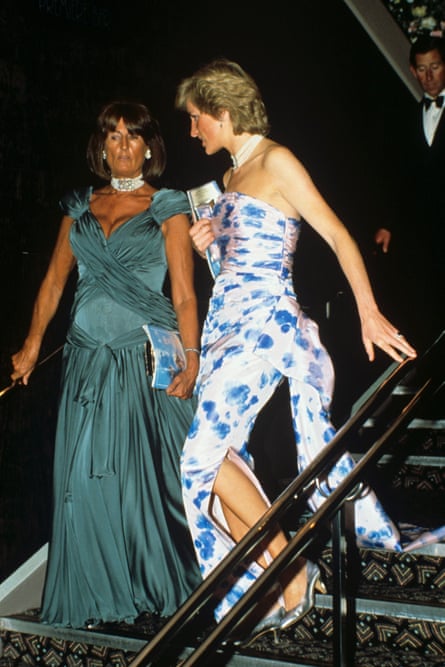
In the 1980s, Annabel Goldsmith was mainly being a mother – the job she would later say she was “incredible” at. And even though the first crop were pretty well grown by then (Rupert, her first, was born in 1955, then Robin in 1958 and India Jane in 1961), the children she’d had with James – Jemima, Zac and Ben (born 1974, 1975 and 1980, when Annabel was 46) were only small. Rupert disappeared off the West African coast at the age of 30, presumed drowned.
James Goldsmith had by then, perhaps inevitably, moved to New York with his next mistress, Laure Boulay de la Meurthe. He and Annabel remained married until his death in 1997.
The semi-public openness about affairs of the heart back then – which slid into total openness if the participants were important enough – always felt like a way of signalling that aristos were operating to a higher moral code than middle-class respectability; that whatever rules we might try to codify, society and the economy were ordered and inherited via the caprice of our betters, which couldn’t be governed and democratised. Which doesn’t mean it was all fun, games and superiority: some absolutely dreadful things happened to Annabel Goldsmith, beyond the drowning of her firstborn. Her second son was mauled by a tiger when he was 12, and was left with life-changing facial injuries, in a private zoo incident for which she forever blamed herself (biographers always mention that the tiger was pregnant, as if to say, “Otherwise we all would have got along fine”).
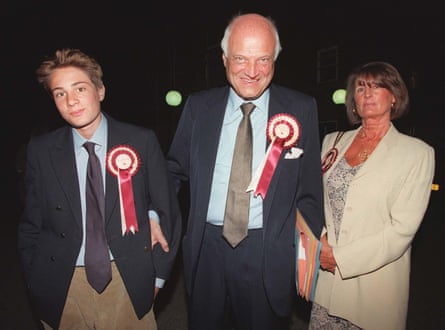
In the 1990s, Annabel was known as Princess Diana’s confidante or surrogate mother; she testified much later at Diana’s inquest. It was Annabel who knew that Diana hadn’t died in love with Dodi Fayed or pregnant with his child, saying she needed a new husband “like I need a rash on my face”. The phrase was absolutely typical of Diana, Annabel told the court, and it’s certainly idiosyncratic, analogising the nuisance of a spouse to a mild but public disfigurement.
In the 2000s, she was president of the Democracy Movement, which dropped half a million quid in 2001 leafleting and making a general noise about the incursions of Brussels into British sovereignty. She said that year: “I’m not anti-European – my husband was half-European and my children are a quarter French.” This theme would become very familiar over the next two decades: you don’t want your own kids to lose their freedom of movement – you just want to end it for everyone else. But it rang no alarm bells back then, because Goldsmith seemed to be animated by the memory of her late husband more than by any particular desire for a constitutional crisis or for Britain to be permanently poorer. “I just don’t want to be governed by Brussels, and I don’t think people want to give up their sovereignty.”
By the 2010s, as she moved towards her 80s, Annabel Goldsmith had plentiful grandchildren. Her kids with Goldsmith married young and bred fast, while her kids with Birley did the opposite, she once said, which had the happy result that her 14 grandchildren were closer in age than you’d think, even if that did make her sound like she was running a kennels. She loved dogs, by the way, and kept Norfolk terriers and grand basset griffon vendéens.
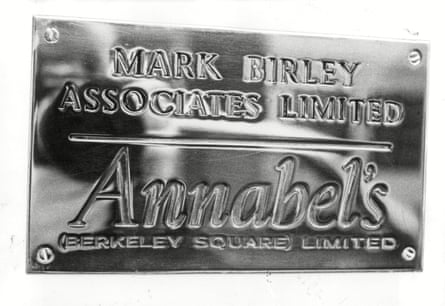
The structure of wealth has changed and globalised over the past century in ways we can discuss another day, but the distribution of land in the UK, from which a lot of the wealth and power can be inferred, has not altered as much as you’d think. About 25,000 landowners own half the country. In Guy Shrubsole’s 2019 book Who Owns England? he writes that 30% of land in England is owned by aristocrats and the landed gentry. Approximately 17% of England and Wales remains undeclared at the Land Registry, and may also belong to the aristocracy; it probably consists of estates that have not changed hands in several hundred years.
But what is different is the cultural footprint. The display-case living of the postwar gentry and aristocracy relied on the kind of formulas celebrities have today: dates in the calendar; events that included everyone who was anyone; places from which the unwashed were certainly excluded, but that they were implicitly invited to observe. The scrapping of the debutantes’ presentation to the queen in 1958 was a huge moment in the decline of this visibility, and seems to have been a querulous response to the growing expectations of egalitarianism, at least as a principle. Princess Margaret famously said: “We had to put a stop to it. Every tart in London was getting in.” In reality, the royals and the cadre directly beneath them were just trying to complete the logically impossible task of remaining innately superior while adapting to the fashion, which was that innate superiority was no longer a thing. No real attempt was ever made to reconcile these two positions – the contradiction was resolved by the upper classes just going quiet, like a dog hiding under a duvet.
Annabel Goldsmith lived through the last of that visibility. And while her death is not the moment to wonder what combination of class self-consciousness and outside scrutiny caused the aristocracy to go underground, it should be noted that, while it was still very much overground, she was the face and spirit of the whole scene.

.png) 4 hours ago
9
4 hours ago
9




